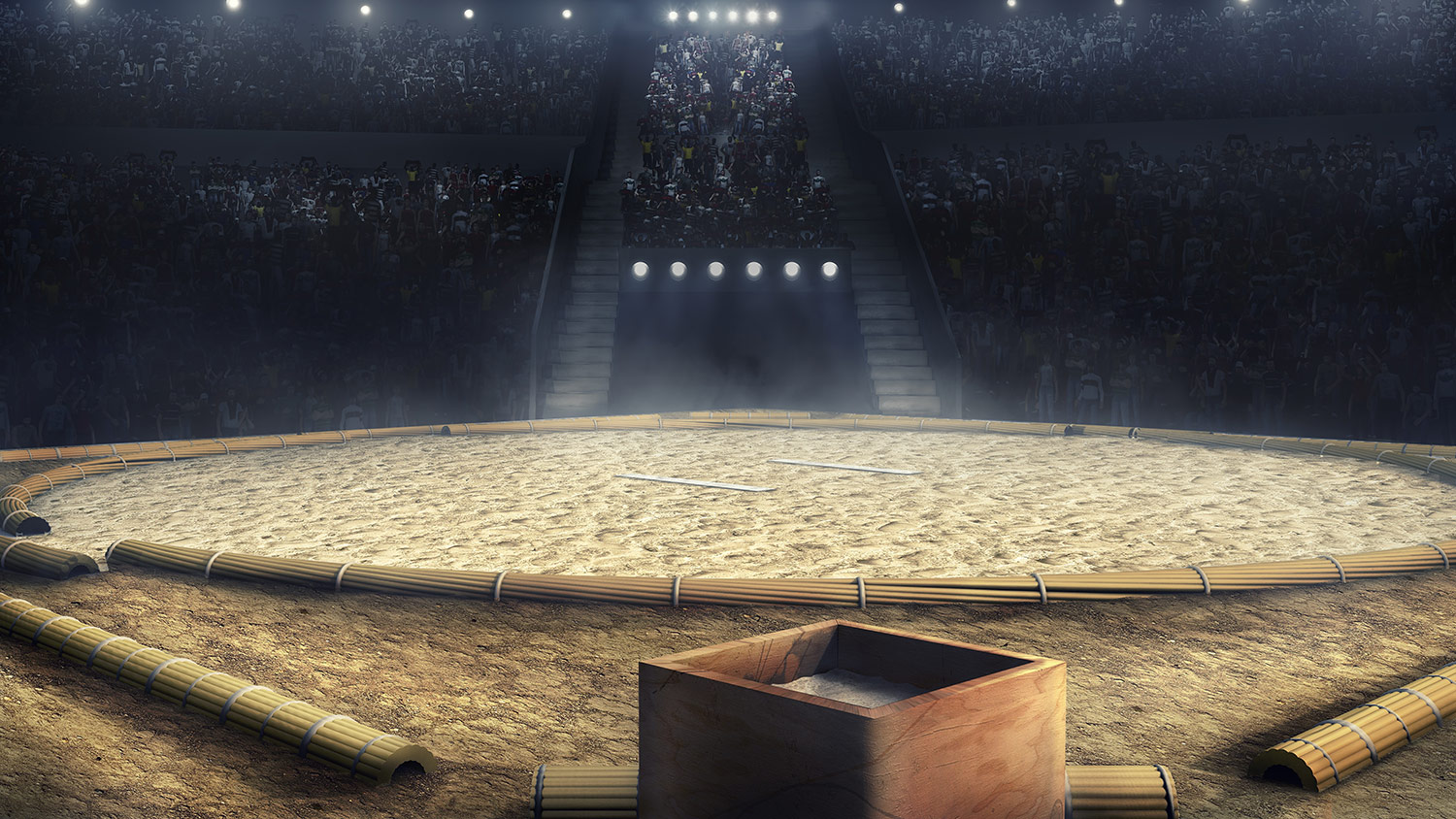

TRADITIONAL SPORTS AND MARTIAL ARTS IN JAPAN
Traditional sports in Japan
The roots of Japanese martial arts must be sought in ancient China. According to historical sources, the traditional Eastern disciplines were brought from India or Ceylon by the first patriarch of Zen Buddhism – monk Bodhidharma. In 6th century BC, in the Shaolin Temple on the Yellow River, the monk studied the techniques of fighting with the forces of nature and wild animals. He added breathing exercises to precise movements, thus building the foundations for famous martial arts. Bodhidharma shared his knowledge and skills with the monks living in the temple. Once it was pulled down, the Buddhist monks scattered all over the Orient to teach and develop further branches of traditional martial art systems. In Japan, their development was also influenced by the samurai culture, which is where kendo, judo i kyūdō (Japanese archery) have their origin.
Karate – the way of the empty hand
“The more you sweat in training, the less you bleed in combat”* Karate (空手), or to be more precise – karate-dō (空手道) or karate-jutsu (空手術), or “the way of the empty hand”, is amongst the most popular Eastern martial arts. As the name suggest, karate is based on direct combat with the opponent without weapon. Or, one should say, with man’s most formidable weapon – their body. Developed in Okinawa, the discipline is the most practical of the Eastern martial arts, which is why it is popular with the inhabitants of the Occident, who treat is also as a useful form of self-defence.
Judo – Japanese martial art
“Judoka does not improve for the fight but fights to improve”* Judo is a slightly perfected and refined version of the former ju-jitsu. It is mostly based on a system of falls, throws and joint locks, and as such it involves taking advantage of the opponent’s strength for self-defence. Judo (柔道) means literally gentle, noble way or way to softness. This fully reflects the basic principle of judo masters: “yield to win.”
Sumo – Japanese national sport
“Who does not have the courage to dream, will not have the strength to fight”* Sumo is considered as Japan’s national sport and as such it entails a strictly defined ceremony. Traditional procedures govern not only the combat technique or the structure of the competition (e.g. the competitors characteristically stepping from one leg to another) but also the whole lifestyle of the wrestlers. The purpose of the fight is to push the opponent out of the combat ring or to make them touch the ground with any part of the body other than feet.
Kendo – Japanese bamboo sword fencing
“It is not important to be better than someone else, but to be better than yesterday”* Kendo (剣道), or the way of the sword, is Japanese fencing based on samurai combat techniques (kenjutsu). The duels are nowadays fought with bamboo swords, which have replaced sharp, steel weapons unsuitable for amateur training. The contestants are additionally protected by special patches, resembling samurai weapon, and by a set of rules strictly defining the area where strikes are allowed.
Kyūdō – Japanese archery
“Strength is not enough; we must apply”*
Japanese archery is a traditional form of using a bow, based on the practices of Japanese samurai. Kyūdō (弓道), literally “the way of the bow,” involves good aim and composure, closely connected with the values of the Zen philosophy. The discipline is mostly treated as spiritual and moral training, though using a long (over 2 metres) bow requires considerable skill.
Japanese… baseball
Even though martial arts, which we could keep listing, are still inseparably connected with Japanese culture, another Japanese national sport that must be mentioned is… baseball. This seemingly typically American discipline appeared in Japanese islands as early as in the second half of the 19th century and in time it became one of the most developed branches of professional sports. Today Japan has twelve professional baseball clubs. Another sport that is tremendously poplar in Japan, and just like baseball attracts crowds of enthusiastic fans, is football.
Traditional Japanese sports – exercise of body and spirit
The strength of Japanese sports lies in their dual dimension, which is often missing in Western disciplines. The purpose of Eastern martial arts is simultaneous physical and spiritual development of the competitors. By shaping their body and perfecting the technique of movements, they work on self-discipline, respect for rules and they learn to fight their own weaknesses. This is also valued in the Occident, where Oriental sports are often treated as an excellent way to form children’s characters.
* Japanese saying.























